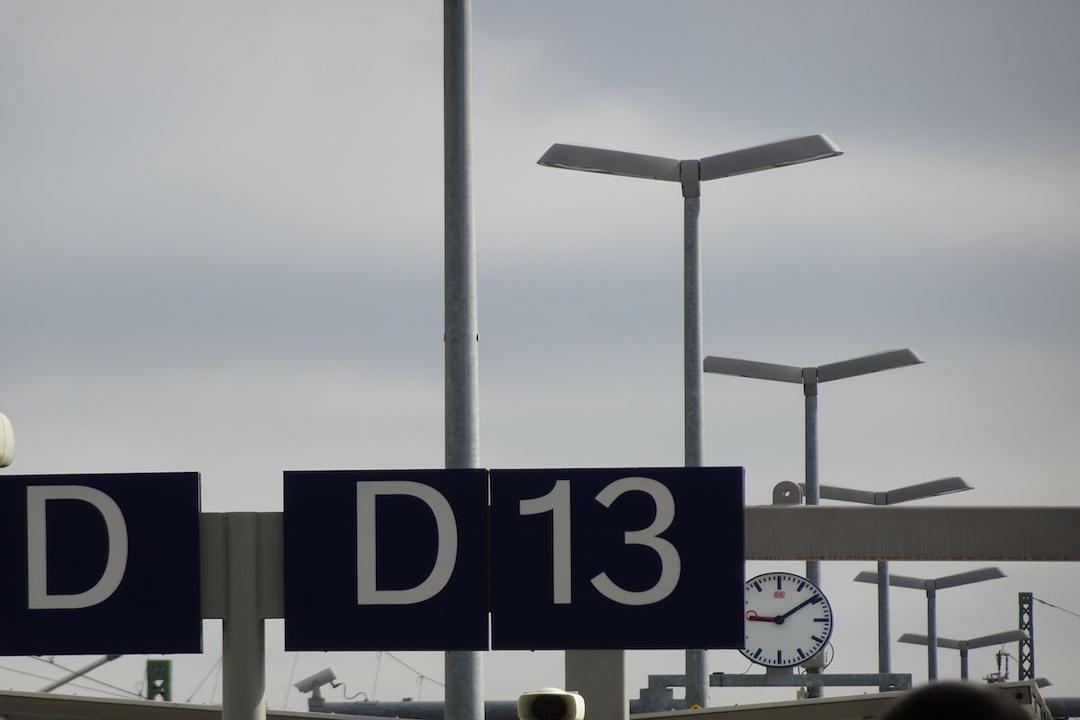CoinDesk Report:
I. Introduction to Blast
Blast is a Layer 2 blockchain where users can earn rewards by bridging assets. It offers incentives such as points, coins, airdrops, and yields to attract participants including developers. Within the Blast ecosystem, various mining opportunities exist, including Ambient, Juice, Synfutures, nftperp, and Munchables.
Developed by Pacman and backed by Paradigm, Blast aims to pioneer native yields for L2. When tokens are deposited into L2, they are effectively secured via corresponding smart contracts on L1 and L2. These tokens remain idle and do not generate earnings. Blast recommends converting ETH and stored stablecoins into stETH and DAI to earn rewards from staking and treasury.
II. Blast Tokenomics
1. Community – 50,000,000,000 (50%)
Half of Blast’s total supply is allocated to the community, rewarding users and builders contributing to the ecosystem through incentive programs. 100% of this allocation directly benefits the community, with a linear unlock over three years from the Token Generation Event (TGE), as per the schedule set by the Blast Foundation.
2. Core Contributors – 25,480,226,842 (25.5%)
Tokens allocated to core contributors undergo a 4-year lockup period, with 25% unlocking one year after TGE and the remainder unlocking linearly over the following three years.
3. Investors – 16,519,773,158 (16.5%)
Tokens allocated to investors also undergo a 4-year lockup period, with 25% unlocking one year after TGE and the remainder unlocking linearly over the following three years.
4. Blast Foundation – 8,000,000,000 (8%)
Funds allocated to the foundation are reserved for critical infrastructure and further development of the Blast ecosystem. Foundation tokens unlock linearly over four years from the TGE.
III. Details of Blast Phase One Airdrop of 17,000,000,000 (17%)
1. Blast Points – 7,000,000,000 (7%)
Users connecting ETH or USDB to Blast contribute initial liquidity to the ecosystem and receive Blast Points in the first phase, amounting to 7% of Blast’s total supply.
2. Blast Gold – 7,000,000,000 (7%)
Users contributing to the success of Dapps receive Blast Gold, also amounting to 7% of Blast’s total supply.
3. Allocation
The top 0.1% of users (approximately 1000 wallets) will receive linear allocation over six months based on monthly point thresholds achieved during the first phase activities.
4. Blur Foundation – 3,000,000,000 (3%)
The Blur Foundation receives 3% of Blast’s total supply for distribution within the Blur community for traceability and future airdrops.
IV. Development Status and Future Outlook of Blast
According to Token Terminal data, Blast’s L2 network has seen a doubling in monthly active users and USDB supply over the past 90 days, driven primarily by Blur, Thruster, Spacebar, YOLO Games, and others. Blast’s ecosystem stablecoin USDB ranks fifth globally in trading volume, derived exclusively from on-chain DEX transactions. According to the latest Coingecko data, USDC has a market cap of approximately $405 million with a circulating supply of 406,046,631 tokens.
Blast focuses intensely on crypto users and builders, combining them to create an explosively growing ecosystem. Its uniqueness lies in offering new builder modules: native yield and gas revenue sharing. Integrated with Lido and MakerDAO backend, Blast provides 4% and 5% annualized returns for ETH and stablecoins respectively, from anywhere on-chain. Hence, Blast boasts a higher native dapp percentage than any other EVM chain (including L1 and L2).
Blast has mastered the complexities of cryptocurrency and is inclined to explore its new forms.
Blast is particularly suited for SocialFi projects, which aim to build at the intersection of social networks and DeFi. Several projects have recently emerged on Blast, including Fantasy Top, EarlyFans, and DistrictOne, each targeting different aspects of community engagement and influencer utilization.
Blast is poised to become an indispensable hub in the DeFi landscape.


